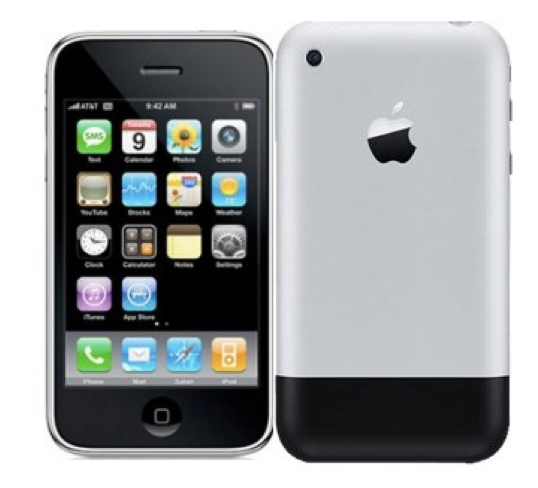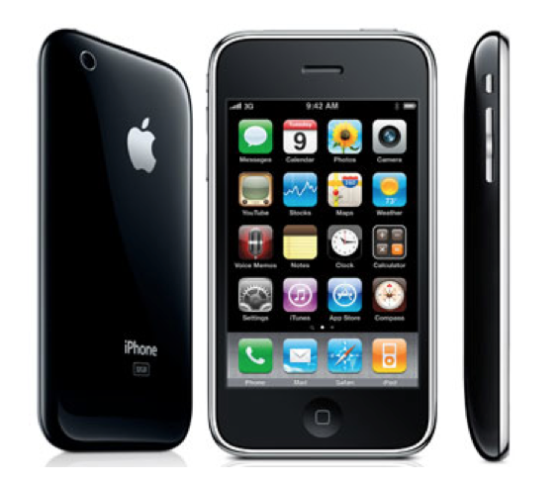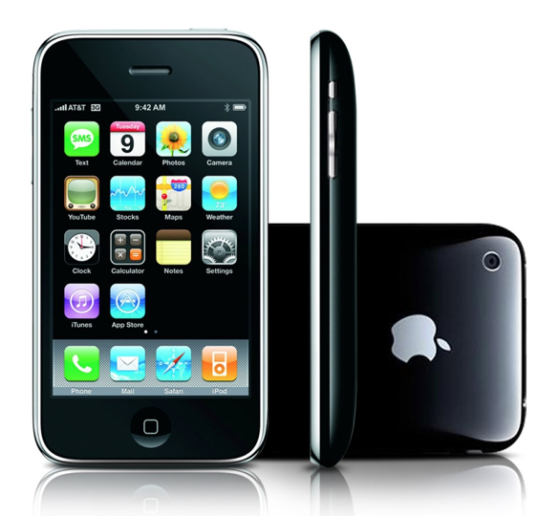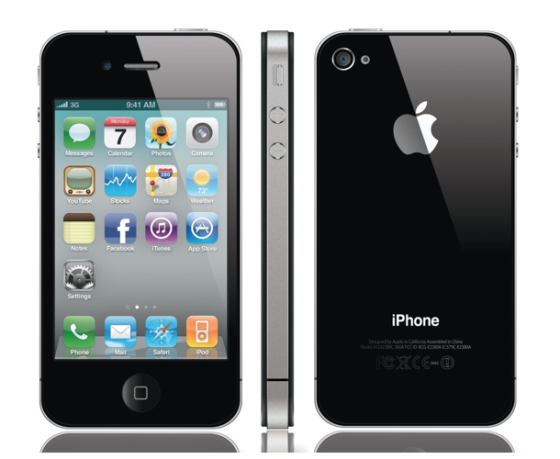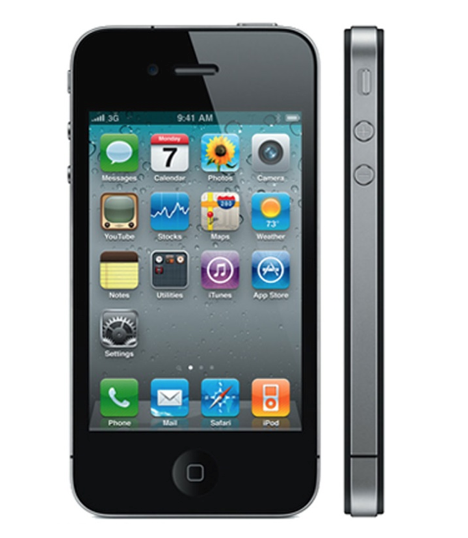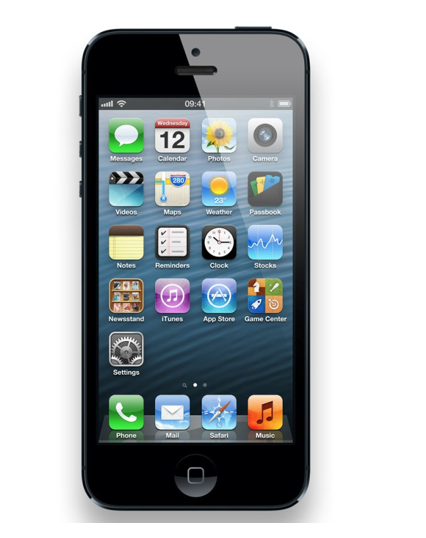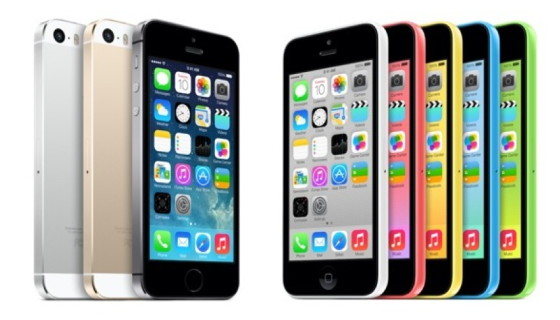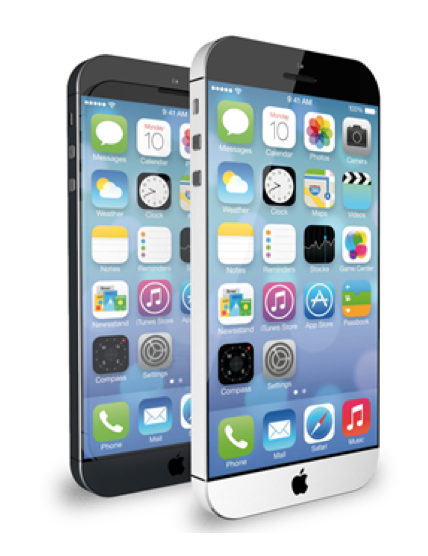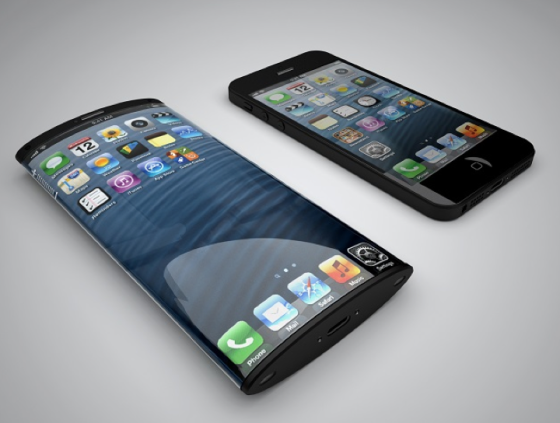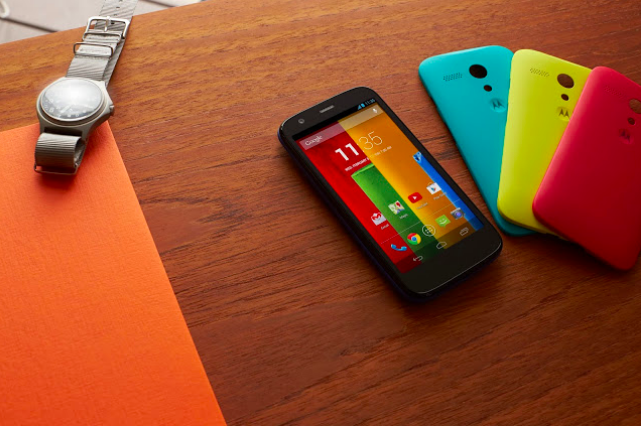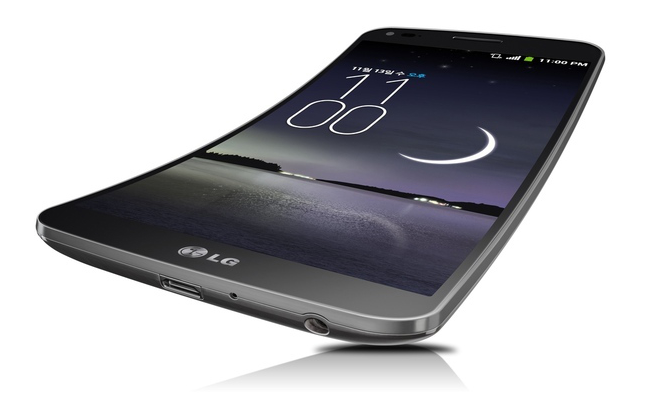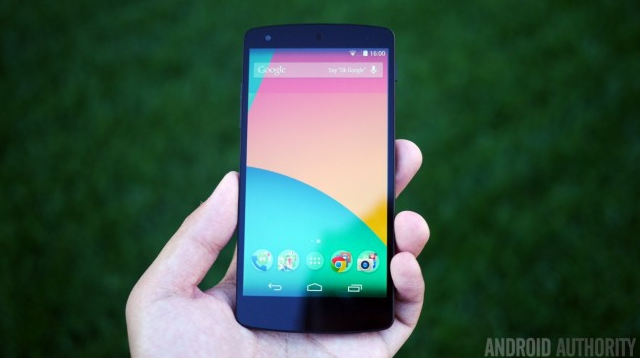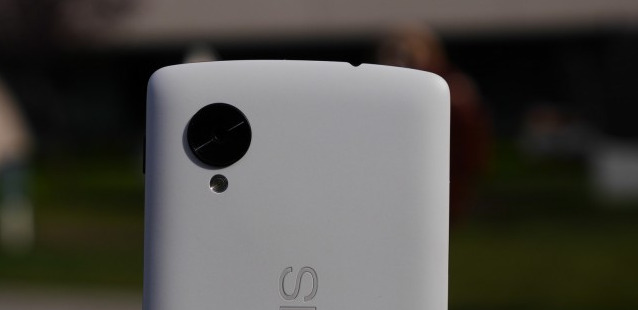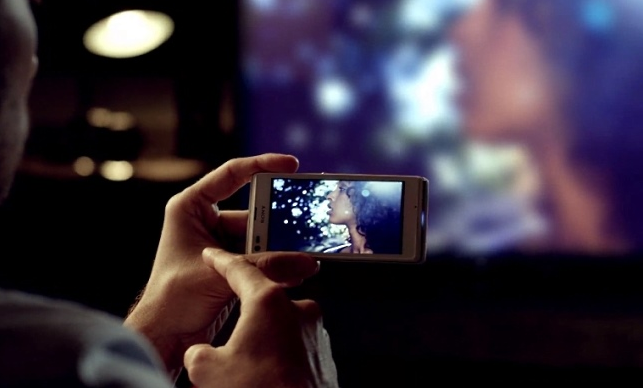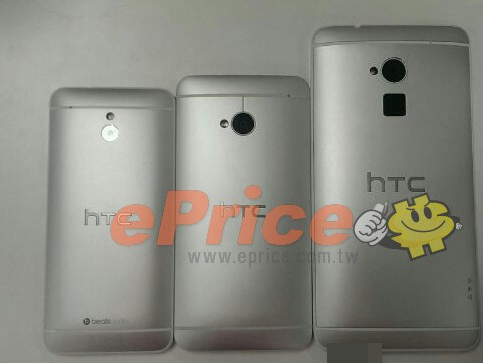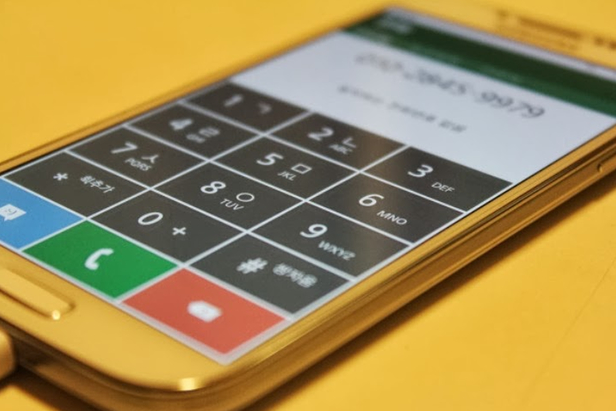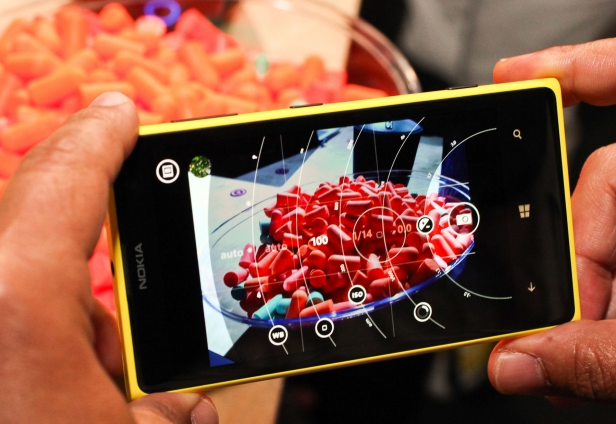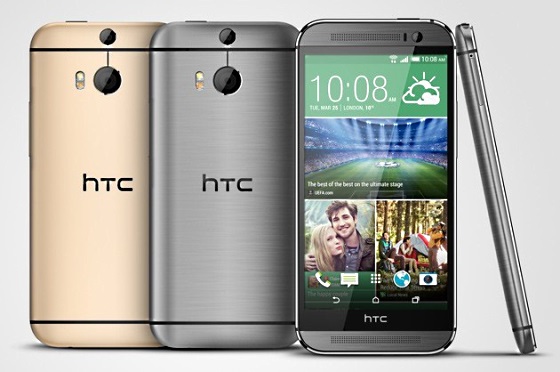 HTC today officially unveiled the new HTC One originally codenamed M8 and it’s clear from the off that it’s very similar to the original HTC One. Many people have criticised HTC for not being innovative enough and sticking with such a similar design, much like Samsung did with the Galaxy S5. However you have to question, If something’s not broken why fix it? and that’s the approach that HTC have taken with the new HTC One. Before the release of the original One last year HTC were on a downward spiral and were really struggling against the likes of Samsung, Apple and LG. So it makes sense that they would not mess with a device that has been as successful as the HTC One.
HTC today officially unveiled the new HTC One originally codenamed M8 and it’s clear from the off that it’s very similar to the original HTC One. Many people have criticised HTC for not being innovative enough and sticking with such a similar design, much like Samsung did with the Galaxy S5. However you have to question, If something’s not broken why fix it? and that’s the approach that HTC have taken with the new HTC One. Before the release of the original One last year HTC were on a downward spiral and were really struggling against the likes of Samsung, Apple and LG. So it makes sense that they would not mess with a device that has been as successful as the HTC One.
That being said the HTC One has not been left short when it comes to updates and has received some significant upgrades with this new version such as a larger screen and an amazing camera. The phone comes with Android KitKat 4.4 as expected, a Qualcomm Snapdragon 801 processor and 2GB RAM. Storage wise you can choose from a 16Gb or 32Gb model and like the HTC One Max it also now comes with a microSD card slot. The display is now 5” diagonal and the resolution remains the same at Full HD (1,920 x 1080).
In terms of design the new HTC One follows the design of the original very closely and keeps the curved metallic back which was a popular design feature for many people. Above and below the display you will notice the BoomSound speakers which are still classed as the best sounding speakers on any smartphone and with the larger form factor HTC has been able to get even more volume out of them. The phone is available in three colours; Gun Metal, Silver and because it’s the ‘in thing’ a gold version is available too.
I couldn’t end this article without talking about what is possibly the biggest feature of this new model and that’s the cameras, no I didn’t make a mistake there a ‘two’ cameras on this device which HTC have dubbed ‘Duo Camera’. Above the main camera is a smaller image sensor which measures depth information in your photos, which HTC says will let you do some nifty effects after the fact. One such feature is simulating the bokeh effect, which blurs your background very subtly and artistically. You can also get a slight 3D effect using the Duo Cameras although it’s not as good as a real 3D camera it does make for some interesting photos.
What do you think of the new HTC One? Are you considering getting one or are you holding out for one of the other devices launching later this year? As usual we would love to hear your thoughts in the comment section.

